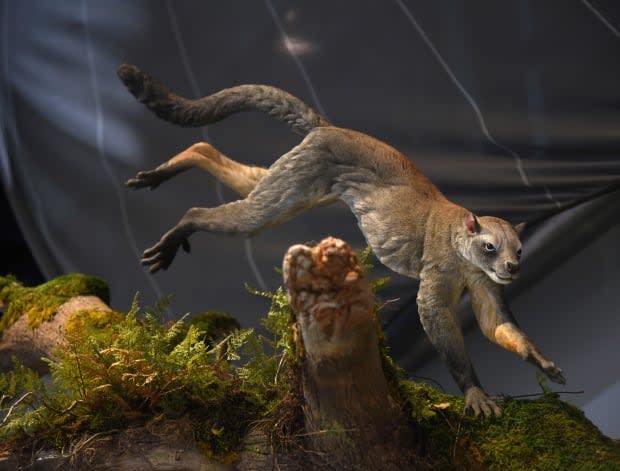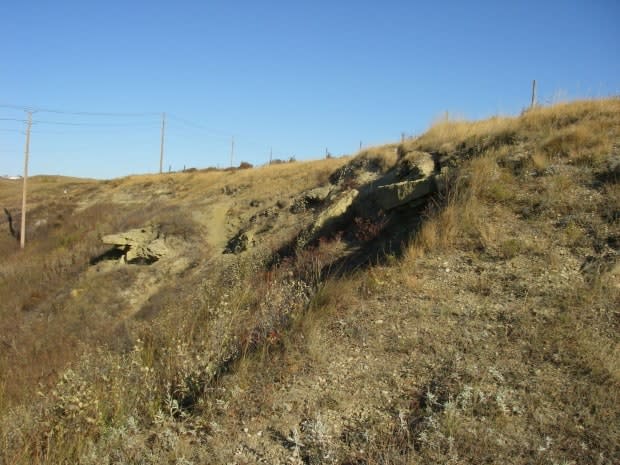Researchers discover 2 archaic primates who lived in Alberta around 60 million years ago

Around 60 million years ago, when southern Alberta was a humid subtropical wetland, two tiny primates lived in the Calgary area, perhaps climbing through the ancient trees and plucking fruit with their fingers.
A new paper published this month in the Journal of Paleontology identified the two new species from fossils taken from a handful of sites between Calgary and Cochrane. The discoveries provide a deeper insight into the diversity of ancient mammals following the extinction of the dinosaurs.
Craig Scott, the director of preservation and research at the Royal Tyrrell Museum in Drumheller, was a co-author on the study, which included researchers from around the world.

"It may be surprising to a lot of people that there were primates known from that far back in the past," he said. "And that we find them here in Western Canada."
These prehistoric primates, named Edworthia greggi and Ignacius glenbowensis, were not like apes. They were tiny and looked something like small lemurs with a long face, eyes toward the sides of their heads.
"They were probably dining on fruit," Scott said. "From other closely related small primates, we can say that they may have been arboreal, living in trees."
Researchers were able to identify the new species through the morphology of teeth fossils — the enamel is the hardest and most durable tissue of the mammalian body.
"We are essentially paleo-dentists," Scott said, describing himself and his fellow researchers, who studied a number of fossils dug up over the past few decades.

The new species were found at four sites, including an exposed cutbank along West Nose Creek in northwest Calgary and a rail cut along Cochrane's eastern edge.
Two other sites are along the north side of the Bow River between the two communities, including one in Glenbow Ranch Provincial Park — hence the name "glenbowensis" for one the species.
According to Scott, the fossil record in Alberta displays an increasingly diverse range of prehistoric life, from dinosaurs to the archaic primates he helped name.
The discovery of these new species helps scientists fill in the gaps in their understanding of evolutionary history, particularly when it comes to early primates.
"As human beings, we have a vested interest in understanding that a lot better," Scott said.
The two new species are thought to have lived during the Paleocene epoch, about 66 to 56 million years ago, after the mass extinction event that killed the dinosaurs.
One of the species, Edworthia Greggi, is thought to be slightly older than the other, Scott said, adding that the small primates would not have crossed paths in the ancient forests as they existed one after the other.
Both of the species belong to a group of archaic primates that had a huge geographic range, spanning from the southern United States to the High Arctic. Like most branches in the evolutionary tree, this group eventually went extinct.


